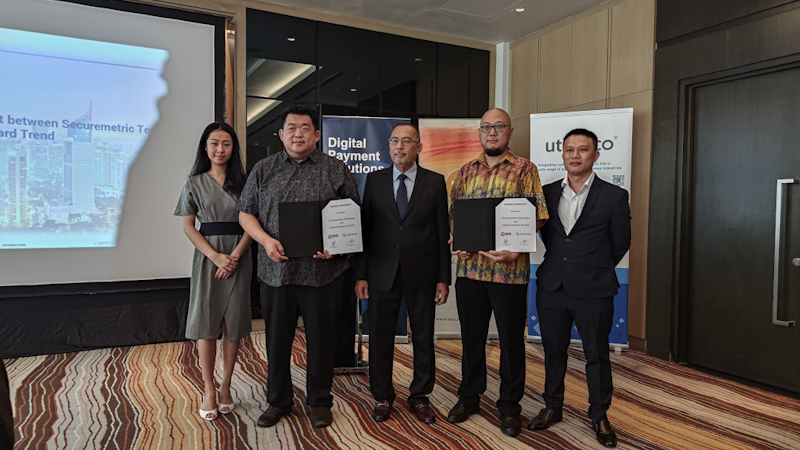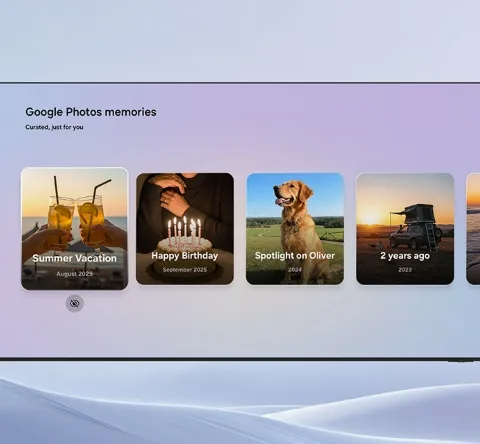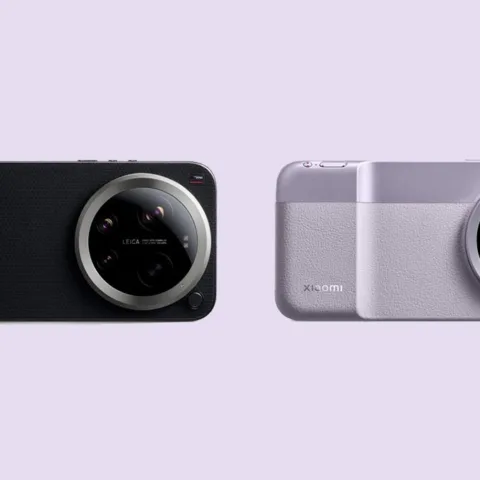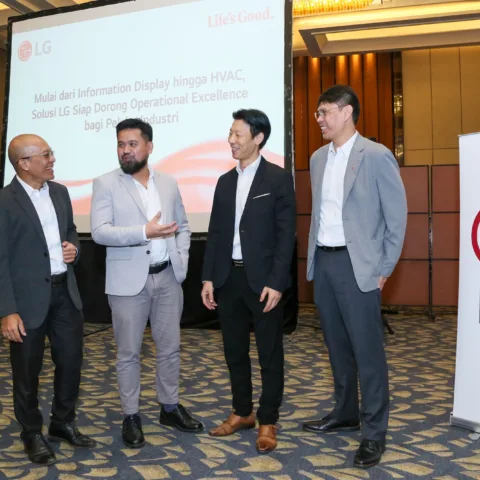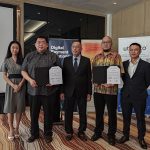The digital divide is a situation where access to the internet and services provided through it are not spread equally. Centres for government and trade, and the big cities all over the world probably all have internet access, yet many areas in the world have not received it, especially in rural areas. This condition is a chicken and egg predicament – the investment to build out a network to rural areas is very costly, but the potential of internet usage in those areas is relatively small. This is why most rural connectivity projects are government supported, or through independent projects like what Google is doing.
Developing countries like Indonesia are comparatively lucky, as they almost did not go through the state where internet access was only done through telephone lines. Dependence on wired telephony, as experienced by developed countries in North America or Europe, only occured for around 10 years, before the entrance of wireless internet access via cellular communications networks.
But still, the spread of these cellular networks still depend on physical infrastructure like BTS towers, which must be built one by one based on the needs of each area. The type of services that can be offered to the users of these cellular networks, practically depend on the type of phone that is most used.
The planning of digital services must consider the type of consumer. Usually planners look for the largest potential customer base, which for digital services in Indonesia is cellular phone users.
There are various types of cellular phone users, based on the type of handphone, operating system, to payment method (postpaid versus prepaid), but the largest segment of potential customers in Indonesia are those who use phones simply for calls and SMS. Not necessarily for internet, email or apps. Therefore, the various services built for cellular phone users are the ones which are based on SMS or calls, like premium SMS services, or ringback tones, which are based on the call network.
Cellular phone users in Indonesia have grown a lot – reaching 100% penetration – but unfortunately, this number does not represent how widespread phone usage is. The number also does not explain that more than 75% of the population is still using feature phones and the like, which must be considered when making digital services for them.
From the smartphone-using remainder, there will be divisions between those who are willing to pay for apps and subscriptions (and those who are not), service preferences (happy with an iOS/Android/Windows Phone/Blackberry ecosystem or prefer cross-platform), and so on. And we haven’t even begun to discuss purchasing power (and purchasing motives), another thing influenced by the digital divide.
If we only follow the logic of data and the market, all digital services would be based on SMS or the phone network; unfortunately, consumer dynamics – and corporate political dynamics – make these logics almost irrelevant. Several years ago we experienced a halt to all premium-SMS based services (including RBT), and IVR services based on the phone network never really took off as it had in other countries.
The end of the premium SMS era slowly paved the way for web and app services, which due to the digital divide, is still ‘only’ chasing after the potential 25% of cellular phone users (and desktop computer-based internet users, which are growing at a slower pace compared to cellular). Because of this, a new digital divide has risen – a difference in knowledge about digital business. The relatively new local players are still learning the ropes, while overseas companies with their more extensive experience try to crack the Indonesian market.
One way to develop business is to find where these ‘divides’ occur, and shape it into an opportunity. Google’s ‘internet balloon’ project might not result in direct revenue for them, but with the growth of internet usage spurred by these projects, Google has a larger potential audience, and more ad space opportunities.
The disappearance of premium SMS services since October 2011 gave many chances to fill in the market by creating an interesting service, which might even’ bridge’ users towards a true smartphone experience, which obviously offers richer services. Of course, we are working to remove the digital divide, not to maintain it.
 Ario is a co-founder of Ohdio, an Indonesian music streaming service. He worked in the digital music industry in Indonesia from 2003 to 2010, and recently worked in the movie and TV industry in Vietnam. Keep up with him on Twitter at @barijoe or his blog at http://barijoe.wordpress.com.
Ario is a co-founder of Ohdio, an Indonesian music streaming service. He worked in the digital music industry in Indonesia from 2003 to 2010, and recently worked in the movie and TV industry in Vietnam. Keep up with him on Twitter at @barijoe or his blog at http://barijoe.wordpress.com.
[Header image from Shutterstock]

